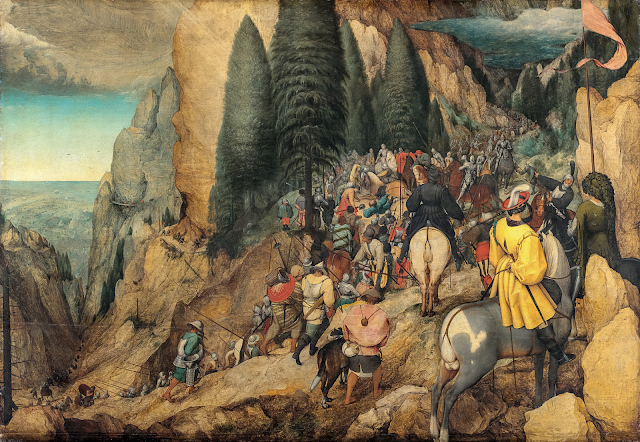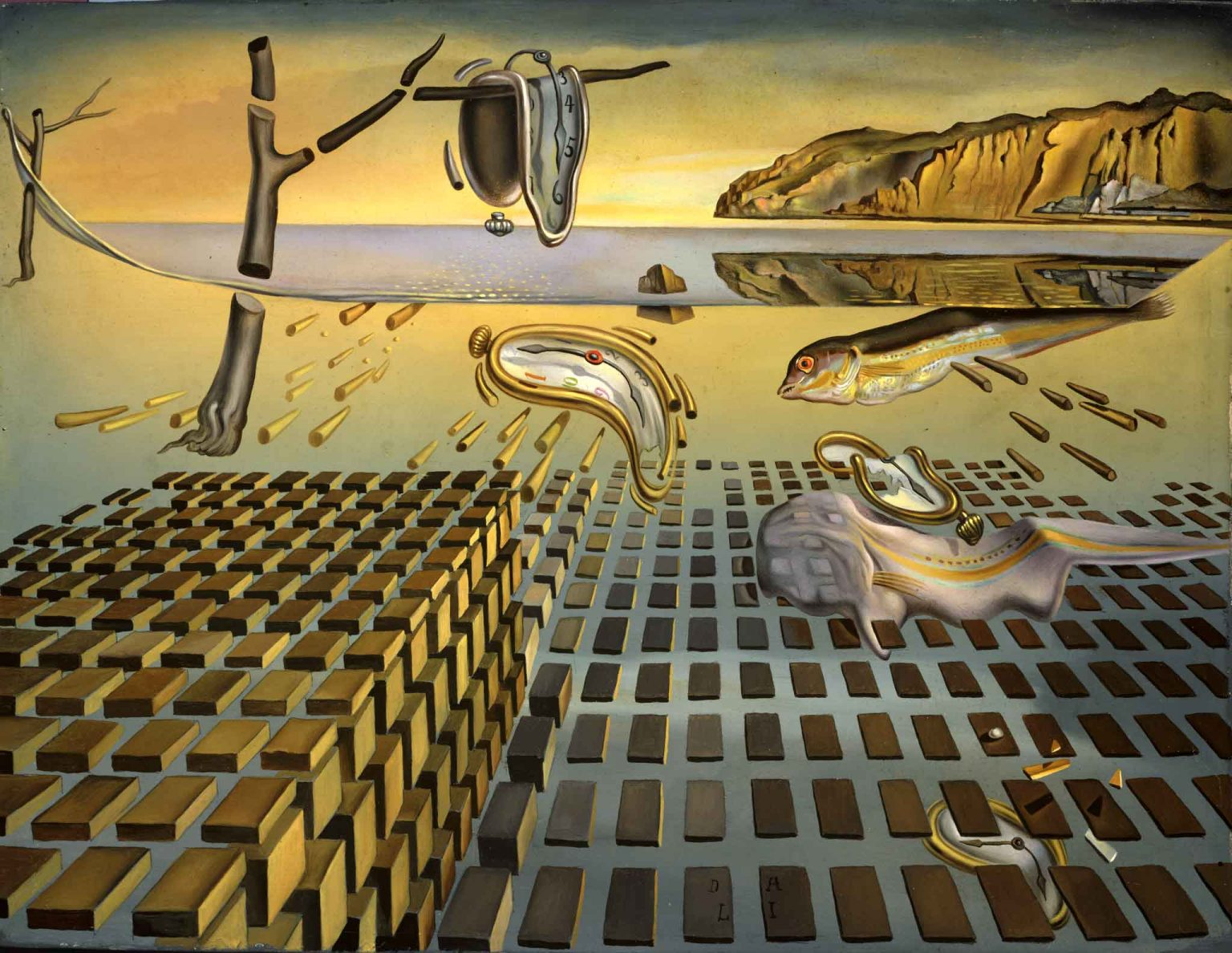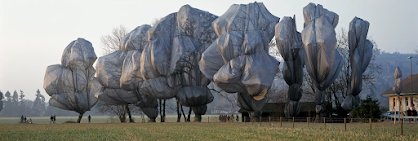Romantic Era Blog
Neo-Gothic Architecture vs. Art Nouveau Architecture
Neo-Gothic Style
St. Patrick's Cathedral (New York City, New York)
Located in Manhattan, this cathedral took over twenty years to complete. The architect, James Renwick Jr., began work on the building in 1858. It was completed in 1879. This building is still used as a place of worship today.
Art Nouveau Architecture Style
This eccentric piece of architecture started life as a average-looking building in 1877. In 1903, Josep Batllo bought the building and commissioned the architect, Anton Gaudi. Rather than destroying the building and starting over, he chose to redesign the building between 1904 and 1906.
The Municipal House is built atop the former location of the royal palace. That building was destroyed, and this one was built between 1905 and 1912. The architects were Osvald Polivka and Antonin Balsanek. In addition to the impressive architecture, the Municipal House is full of other forms of art. The mosaic above the front entrance, called Homage to Prauge, was created by Karel Spillar. The inside of the building also contains artwork by the well-known art nouveau artist Alphonse Mucha.
Art Elements:
Unlike neo-gothic architecture, which is mostly monochrome, art nouveau architecture is full of pastel colors. It contains a lot of light yellows, blues, and whites. These colors help give this architecture a light, almost dreamlike feel. They also catch the attention and make these buildings stand out from among their dull surroundings. These colors are flowery and reminiscent of nature, giving this architecture a natural and vibrant look.
The 3-D shapes of this style of architecture have almost no sharp or rough edges. These buildings are designed to be very curvy and fluid. The balconies on Casa Batllo are shaped like bubbles. Even the cross at the top of the building is a rounded shape. Municipal House has round, circular arches on the windows, the entrance, and above the mosaic in the front of the building. This curved shape repeats to give the structure coherence.
Art nouveau architecture contains very few straight lines. The lines are instead curved or rounded. In Casa Batllo, The roof and walls have a wavelike shape, creating the illusion of motion. In the Municipal House, The sides of the building itself appear to be curving inward. Rounded edges and wavy lines are prominent in this style and give these buildings an impermanent and fluid feeling. These curving lines also give them a more natural look.
Art nouveau architecture appears less balanced and more temporary than the neo-gothic style. The light colors and soft lines give it a lighthearted feel. I appreciate this style, but I feel that art nouveau is better applied to paintings and prints than architecture. Buildings are, by nature, stable and long-lasting. It seems contradictory that these buildings should appear light and fluid. While these buildings are eye catching, I wouldn't want to live in one.
Intentions:
This style is meant to be uplifting and natural. This short-lived style is intended to remind the viewer of nature. The style feels lighthearted and temporary, like it could fade out of existence. Rather than romanticizing ethics and morals, art nouveau romanticizes nature and is intended to inspire people and create feelings of peace and joy.
Works Cited:
Carney, Rob. “Top 25 Examples of Gothic Revival Architecture.” Architecture of Cities, 17 Sept. 2023, architectureofcities.com/gothic-revival.
“House of Parliament - Visitors - Országgyűlés.” Hungarian National Assembly, www.parlament.hu/web/visitors/house-of-parliament.
“Municipal House.” Atlas Obscura, www.atlasobscura.com/places/municipal-house.
Stewart, Jessica. “Art Nouveau, the Ornate Architectural Style That Defined the Early 20th Century.” My Modern Met, 18 Dec. 2017, mymodernmet.com/art-nouveau-architecture/.
“The History of Casa Batlló | Casa Batlló.” Casa Batlló, 2018, www.casabatllo.es/en/antoni-gaudi/casa-batllo/history/.
van Huyssteen, Justin. “St Patrick’s Cathedral - Architecture of St Patrick’s Cathedral.” Artincontext.org, 6 June 2023, artincontext.org/st-patricks-cathedral/.







ReplyDeleteHi Honor,
What a neat way to do your blog this week. I almost chose to do something like yours with cathedrals, churches, temples, and a university. Something different from just artwork. Your first two St. Patrick's Cathedral in New York and the Hungarian Parliament in Budapest, Hungary. When I was in Budapest 5 years ago we took a boat down the river and they talked about the parliament for a long while. It is massive. Did you know that the dome of the Parliament is 86 meters high which is a symbol of the year of the settlement of Hungary? They are really big on symbols. It has 365 towers in the building, one for each day in the year. I tried sharing a photo with you of the Parliament I took at night but it isn’t letting me. It is stunning at night all lit up.
Neo-Gothic Buildings are often really tall, with distinctive medieval features with arches, and intricate details, and it is influenced by medieval architecture. Both of these buildings show these characteristics.
Now compare that to the Art Nouveau Architecture which has a curvy design, stained glass, repeated rhythm with asymmetry. With a more natural feel. These two totally different types where Gothic came from the earlier part of the 19th century and it actually became an international movement at the end of that century came the Art Nouveau movement which was a rebellion against the formal ideas of backward-looking concepts in art and architecture. This YouTube video has a really neat explanation of Gothic-style architecture and is done by Smart History. https://youtu.be/G94jFWH8NSM?si=sKYd0GKtiQQ6Eddw